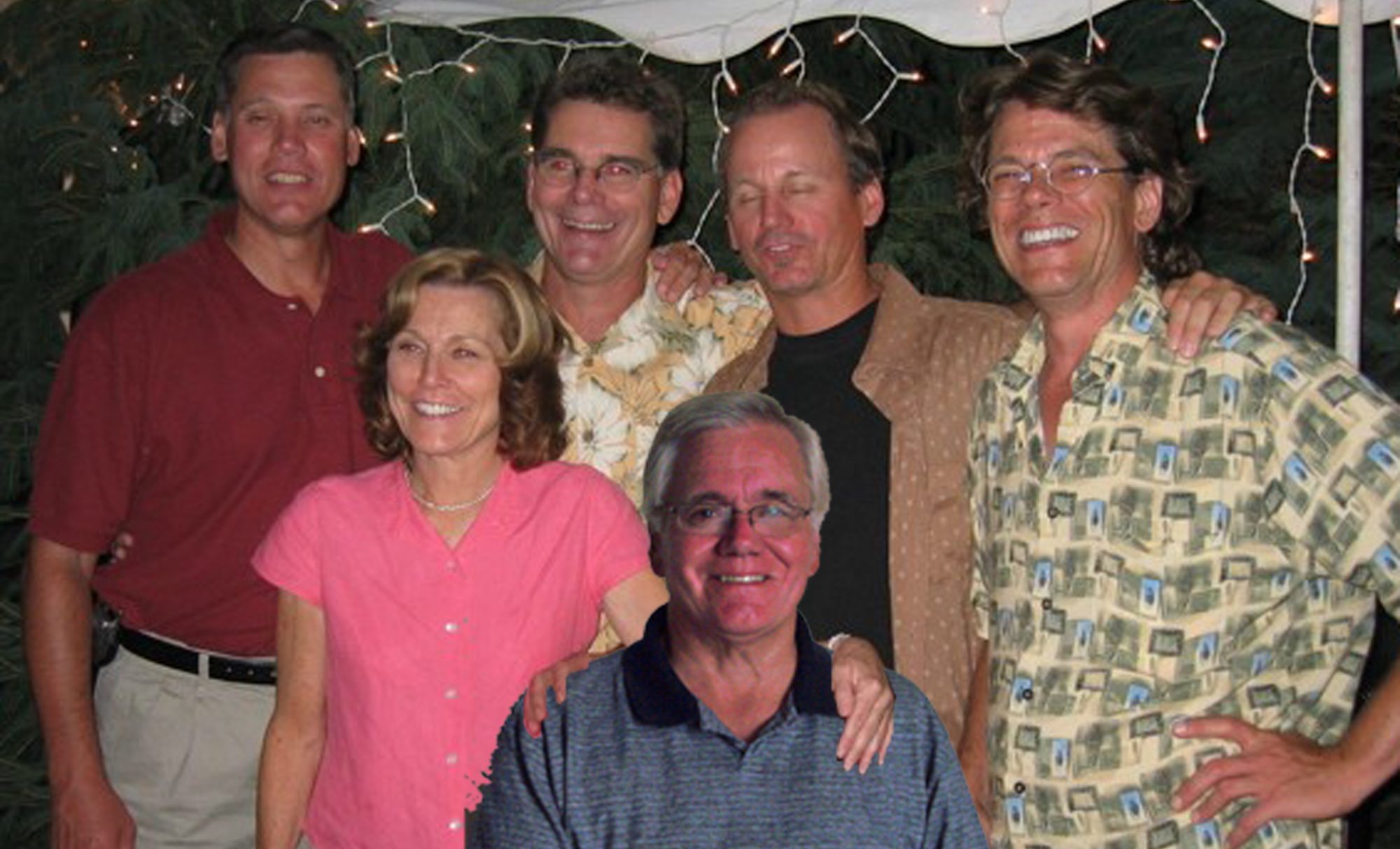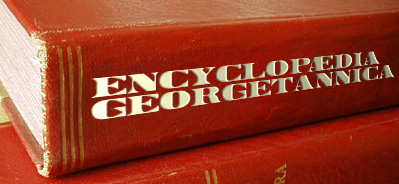Have you ever gotten a bill with “Track This Bill – www.wheresgeorge.com” stamped on it? If so, you’ve been in possession of one of the millions of bills that have been logged in by the Great American Dollar Bill Locator community aka “Where’s George?”.
The site was started in December of 1998 as a way of creating a tracking service for following $1 bills as they circulate through the country. The guy that created it did it initially as a kind of a lark but it caught on. As of today, almost 88 million bills have been stamped and entered into the “Where’s George?” database.
The concept is simple. Anyone who gets a bill with a “Where’s George?” stamp can go to the site and look to see where the bill has been. At the site, the possessor of the bill is encourage to reenter the bill with the zip code of its current location. If enough people follow up, you can track the bill as it circulates.
The bills will typically have a stamp on them that looks something like these:
“Where’s George?” is an interesting phenomena. It seems to be reaching just about the right critical mass. It’s still enough of a rarity to run across one of the “Where’s George?” bills that it catches people’s eye. Yet there are enough people registered (i.e. around 150,000) and tracking bills (around 40,000 entries a day) that you can actually get a realistic idea of how bills are moving around.
A cult following has grown with some people devoting considerable time to stamping and tracking bills. A “Where’s George?” badge of honor among aficienados, aka Georgers is to achieve the “50 State Bingo”. If you are an original register of a bill, you get an email notice, considered a “hit”, when someone else reenters the bill. If a bill you have registered gets entered from a new state you are considered to have gotten a “hit” from that state and you add that state to your Bingo list. Once you get hits from all 50 states you have reached the “Where’s George?” hall of fame equivalent, the 50 State Bingo List which now totals 266 members (FYI – people who are on the cusp awaiting one last state to reach their 50 State Bingo are called “49ers”).
To get an idea of to what extent some people will carry this, here’s a list of the “Top Toms”. A “Tom” is someone who enterer $2 bills (Thomas Jefferson’s picture is on the $2 bill). The Top Tom has entered over 31,000 $2 bills into the system!!! That’s a little nuts.
“Where’s George?” seems to perfectly follow the psychological concept of an intermittent reward being the best way of reinforcing behavior (the same concept that makes slot machines so addictive). Typically, one must register dozens of bills before you have enough in the system that you are likely to get a hit from someone entering a found “Where’s George?” bill. However, the rarity of getting a return hit means that when it happens it’s quite rewarding. Georgers are definitely hooked on getting hits from their registered bills. Here’s a guy, John of Lower Merion, who has his own personal website that tracks his hits.
How did I learn all this stuff? Am I a closet Georger? Ans: I don’t think so – although I have registered and tagged a couple of “Where’s George?” bills. I simple learned a lot by reading The Encyclopædia Georgetannica.
Here’s a list of a whole bunch of other “Where’s George?” related websites that you might find interesting.
As silly as this all may seem, there has actually been some real benefit from the project. A German researcher used the “Where’s George?” data to model how people travel. That data helped his research team formulate a mathematical model that could help predict how epidemic diseases spread. Read more here.
So the next time you run across a “Where’s George?” bill, take a few moments and register it to find out where it’s been.
PS. There’s also a “Where’s Willy?” which is an affiliated website that tracks Canadian paper money. The name Willy refers to Sir Wilfrid Laurier – the first French Canadian Prime Minister whose portrait appears on the $5 bill (Canada has moved to using coins rather than bills for $1 and $2 demominations of their currency).






